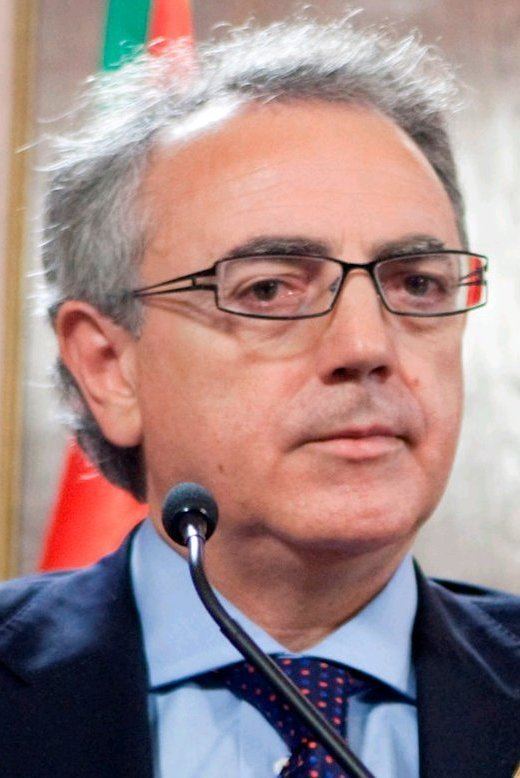Registered 471,647 1.5% 17 January 1995 16 September 2006 23 seats, 41.5% 8 seats, 17.8% Date 27 May 2007 | Turnout 347,851 (73.8%)
3.1 pp 16 September 2006 30 September 2006 8 seats, 17.8% 11 seats, 22.5% Location Navarre, Spain | |
 | ||
Other Instances Navarrese parliamentary election, 2015 Winner Miguel Sanz | ||
The 2007 Navarrese parliamentary election was held on Sunday, 27 May 2007, to elect the 8th Parliament of Navarre, the regional legislature of the Spanish autonomous community of Navarre. At stake were all 50 seats in the Parliament, determining the President of Navarre.
Contents
The ruling Navarrese People's Union — Democrats' Convergence of Navarre coalition lost the absolute majority it had enjoyed in the previous legislature, but Miguel Sanz was able to be re-elected President of Navarre for a fourth term thanks to the Spanish Socialist Workers' Party backing down on the possibility of forming an alternative government with Nafarroa Bai and United Left.
Electoral system
The 50 members of the Parliament of Navarre were elected in a single multi-member district, consisting of the Community's territory (the province of Navarre), using the D'Hondt method and a closed-list proportional representation system.
Voting was on the basis of universal suffrage in a secret ballot. Only lists polling above 3% of the total vote in all of the community (which include blank ballots—for none of the above) were entitled to enter the seat distribution.
As per the Navarrese Electoral Law, election day was set for the fourth Sunday of May every four years. From the 2001 reform of Navarre's Statute of Autonomy, the President of Navarre could dissolve Parliament and call for a snap election at a time different than the legally established date, but was barred from doing so when less than one year remained for the next election's scheduled date. A new election would also have been automatically held in the event of a parliamentary deadlock in the choosing of a new President. Before the 2001 reform, the head of the largest parliamentary party did automatically become President if no other candidate obtained a majority within 90 days. In both cases, the newly elected Parliament would have a full mandate for a four-year period.
Vote
Poll results are listed in the table below in reverse chronological order, showing the most recent first, and using the date the survey's fieldwork was done, as opposed to the date of publication. If such date is unknown, the date of publication is given instead. The highest percentage figure in each polling survey is displayed in bold, and the background shaded in the leading party's colour. In the instance that there is a tie, then no figure is shaded. The lead column on the right shows the percentage-point difference between the two parties with the highest figures. When a specific poll does not show a data figure for a party, the party's cell corresponding to that poll is shown empty.
Seat projections
Opinion polls showing seat projections are displayed in the table below. The highest seat figures in each polling survey have their background shaded in the leading party's colour. In the instance that there is a tie, then no figure is shaded. 26 seats were required for an absolute majority in the Parliament of Navarre.
Investiture voting
a 1 PSN MP cast an invalid vote.
b 11 PSN MPs cast blank votes.
